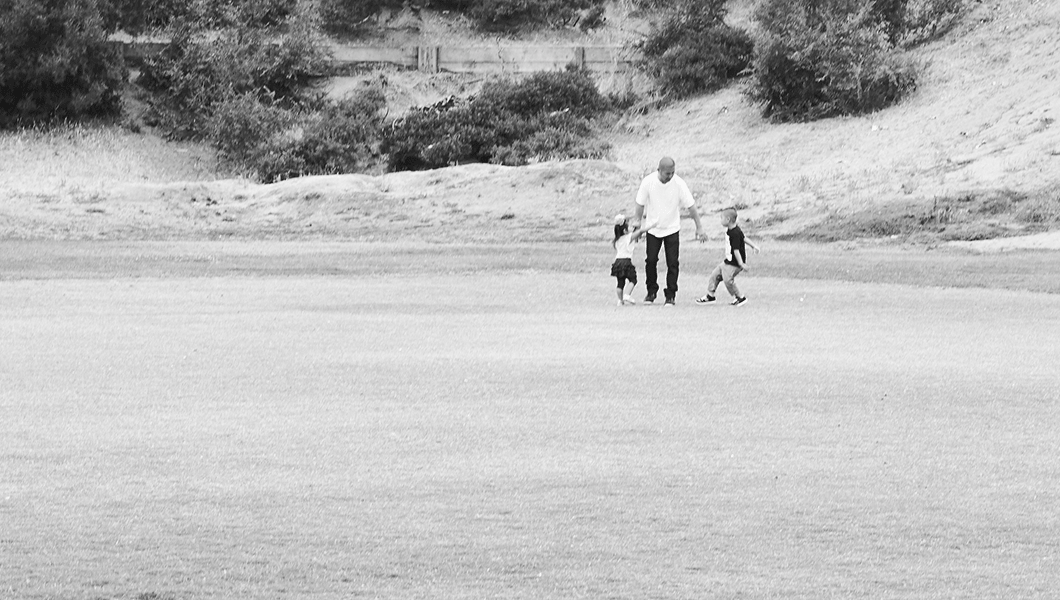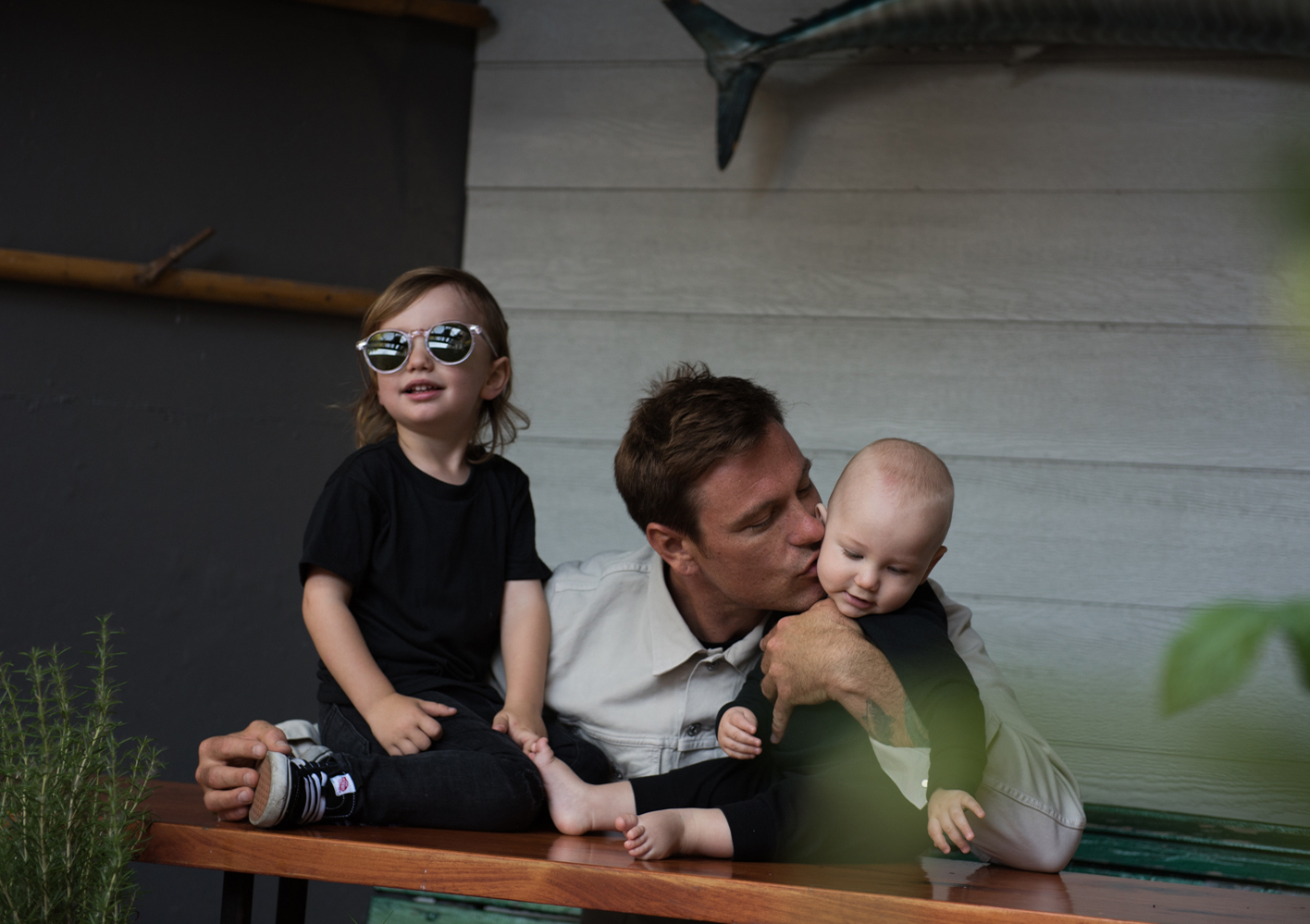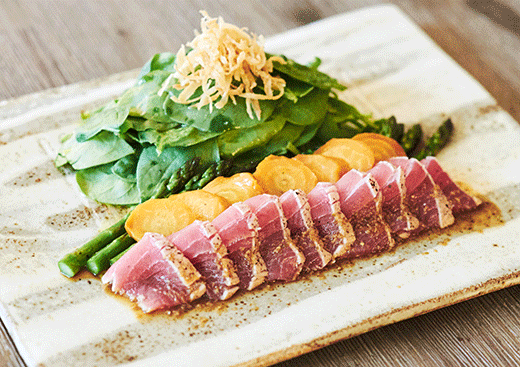Every Monday and Friday, Ken Senju starts his day at the fish markets in downtown Los Angeles. “Friday is a big day, because we get a special kind of fish from Japan. I need to make sure everything is there and everything is fresh,” says the sushi chef, whose responsibilities include buying the day’s fish for Matsuhisa in Beverly Hills, the cornerstone of chef Nobuyuki Matsuhisa’s global culinary empire (together with actor Robert De Niro, he co-founded the Nobu restaurant chain), which opened its doors in 1987. “But we have a long relationship with the fish companies, so they always give us the best catch.”
It took years for Senju to learn how to size up the perfect block of tuna or mackerel—one of the many skills passed down to him from the older generation of sushi chefs at the storied establishment on La Cienega Boulevard. “When they thought I was ready, they taught me how to do it,” explains Senju, who joined the Matsuhisa fold in 2003 at age 28. After moving to Virginia from his native Japan in 1995 for a job at a friend’s restaurant with only $800 in his pocket, Senju worked his way up from washing dishes to his first gig behind a sushi counter.
By the time he saw an ad in a local Japanese paper for a sushi chef at Matsuhisa, Senju was fulfilling his dream of living in California, working in San Diego, cutting fish and making sushi at a trendy “rock ’n’ roll” Asian-fusion restaurant in a hotel. “Before me, Nobu-san only hired chefs with lots of experience. But when I went to the interview, Nobu-san decided to hire me and give me a try,” explains Senju, who convinced the sushi master that he was ready to learn the art of traditional Japanese sushi making in a formal setting. Matsuhisa agreed to hire the young chef on one condition: “You can’t have any problems with other employees,” recalls Senju. “I don’t know if he was joking, but I look back now and I see that he wanted to make sure I listened to everybody and that I knew it was going to be really hard—but that I could do it.”
As the youngest and lowest-ranking sushi chef at the restaurant, the first three years were the most challenging, says Senju. But he remained committed, encouraged by the fact that he was learning on a daily basis. “The other chefs were really hard on me,” he remembers. “I kept telling myself I could do it. Many people started working at the same time as me, and a lot of them quit.” That perseverance paid off: Today Senju is one of the restaurant’s main sushi chefs, rotating between the main sushi counter and the sushi bar in a private room. It was here at the restaurant where he also met his wife (she was a hostess); together they have two young children. “Now there are younger chefs at the restaurant,” says Senju. “I always teach them how to get along with the older guys.” And though Matsuhisa travels a lot these days (he currently has 40 restaurants to his name and counting), “when he’s in town and he sees me doing something wrong he teaches me,” says Senju. “It’s really, really nice.”
The biggest lesson of all? “Nobu-san always tells everybody, whatever you do, you have to put your heart—your kokoro—in it. In the beginning I understood what he said but I was still learning and trying to do my best, so I don’t think I could put my kokoro in it,” says Senju. “But now that I’ve worked there for over 13 years, I am starting to know what it’s like—and I can use that for not only sushi, I can also use it for my kids and my life. I’m still learning.”
—




